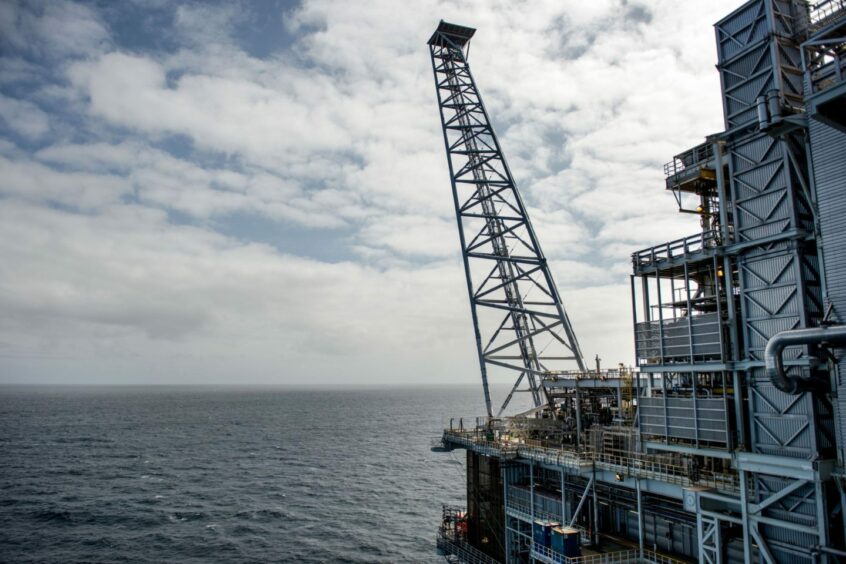
While clean energy sources continue to take a greater share of the energy mix, oil and gas is set to remain a key player in the energy transition. A recent DNV industry report highlighted that conventional hydrocarbons are still anticipated to compromise 49% of the energy mix in 2050.
It is no secret the oil and gas sector is a high producer of carbon emissions and while the demand for this much-needed energy source is clear, there is increasing pressure on the sector to reduce emissions in line with global environmental targets. While many methods such as reduced flaring and electrification are well documented, the topic of brownfield optimisation is rarely discussed as a key drive in this movement.
The regeneration of brownfields stands as a pivotal strategy in supporting net zero goals. These often-underutilised fields present a unique opportunity for transforming conventional oil and gas production while supporting carbon capture and storage (CCS) activity. Repurposing these sites can pave the way for a greener, more responsible approach to oil and gas production.
The North Sea is known for its mature fields, many of which are in a production plateau or are steadily declining. However, the advancement of technology has allowed existing developments, which would have traditionally been abandoned, to be regenerated. While this ultimately enhances production, it also delivers significant sustainability benefits.
Many reservoirs are abandoned, not because the oil reserves are fully depleted, but because they are too difficult, and un-economical, to reach. Ten years ago, when environmental impact was lower on the priority list, an operator would simply shut up shop and begin drilling in a new field. But times have changed, and new technology is creating opportunities that were unthinkable at the time.
Norway is really leading the way in this area, with some of the some of the highest recovery rates in the world. The Troll field is a particularly strong example.
It was initially deemed uneconomical with a thin oil column and the reservoir structure making it nearly impossible to produce oil with conventional vertical wells. However, Equinor realised the value of technology investment to boost extraction and has pioneered the use of innovative systems, most recently coupling multi-laterals and expandable drilling liners to gain greater economic value.
Workover spend up
It’s clear this trend is on an upward trajectory. A recent report from Rystad Energy highlighted that workover spend is projected to jump by nearly 20% in 2023, and total $58 billion, with operators aiming to extract additional resources for existing wells, opposed to drilling new ones.
Expandable tubulars have truly reshaped the way we approach brownfields. The progression of this technology allows operators to solve complex well integrity issues such as reducing water production, sand ingress or non-producing perforations, without losing valuable inner diameter (ID), keeping the production viability high.
Many conventional straddles deployed during well intervention operations restrict the ID of the well, which can negatively impact production rates and wellbore access, as well as increase project costs. As operators attempt to gain greater recovery and extend the life of existing fields, it’s essential that an enhanced flow area is achieved. Expandable patches are ultimately restoring and relining existing wells, allowing operators to continue producing from a reserve which may have been previously deemed uneconomical.
By utilising, and essentially recycling, existing infrastructure and surface equipment, the requirement for drilling drastically reduces, and therefore the recovery of oil becomes far more sustainable. Some of the latest expandables available on the market today don’t even require rigs, with wireline deployment a possibility, reducing projects carbon footprint even further.
Expandables will also be key in supporting CCS projects, allowing full relining of wellbores. Currently, most oil and gas casing materials are manufactured with high grade carbon steel. For operations where high levels of CO2 are present, exotic steels are required.
The industry is still largely unaware that this steel grade can already be applied in expandable casing – opening significant opportunities in the CCS sector, allowing existing oil and gas wells to be repurposed for storing carbon.
Brownfields stand at the forefront of sustainable energy production with immense potential for operators to restore and rejuvenate existing wells. By leveraging the latest technology to enhance recovery, these projects not only extend the life of existing reservoirs but also improve efficiency more sustainably.
As the industry continues to evolve, embracing these opportunities in brownfield projects is imperative for a balanced and responsible approach to meeting global energy demands with a reduced carbon footprint.
Recommended for you

 © Supplied by Coretrax
© Supplied by Coretrax